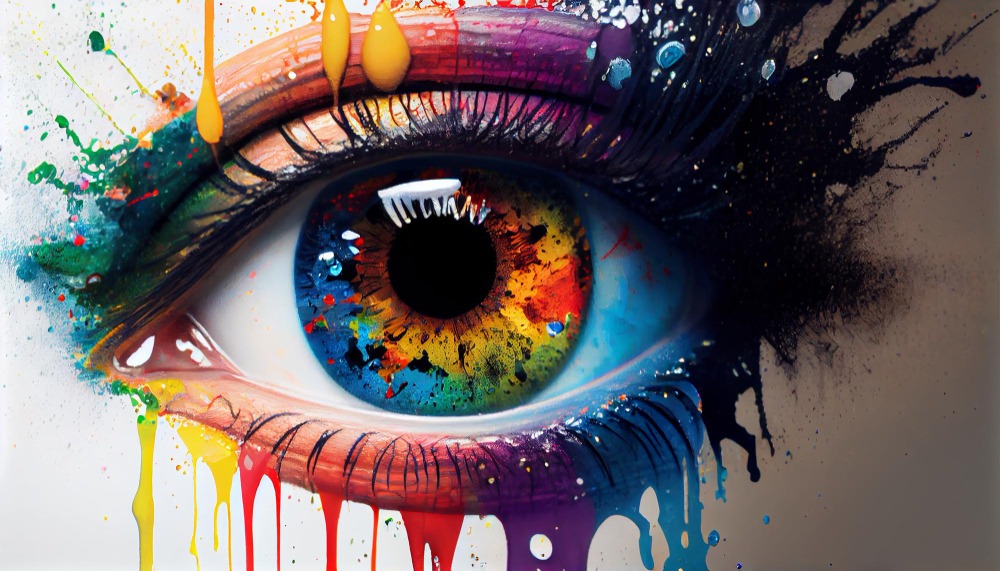Colour psychology: colours are more than just visual sensations. They are powerful tools that can evoke emotions, influence perceptions, and even impact our behaviour. The psychology of colour, a fascinating and ever-evolving field of study, explores the relationship between colours and human emotions. By understanding how different colours affect us, we can use them strategically to create specific emotional responses in others.
The Emotional Spectrum of Colours
The colour wheel, a visual representation of the colour spectrum, provides a framework for understanding how colours relate to each other and how they can be used to create different emotional effects.
Warm Colours:

Warm colours, such as red, orange, and yellow, are associated with feelings of energy, excitement, passion, and warmth. These colours are often used in marketing and design to create a sense of urgency or stimulate appetite.
- Cool Colours:
Cool colours, such as blue, green, and purple, are associated with feelings of calmness, serenity, peace, and tranquillity. These colours are often used in healthcare settings and in design to create a sense of relaxation and comfort.

- Neutral Colours:
Neutral colours, such as black, white, and grey, are versatile and can be used to create a variety of emotional effects, depending on the context. Black can be associated with sophistication, elegance, and power, while white can be associated with purity, cleanliness, and simplicity. Grey can be associated with balance, neutrality, and sophistication.

Colour Psychology: Understanding Colour associations
Our personal experiences, cultural background, and societal norms are just a few of the influences on the associations we have with colours. For example, the colour red is often associated with love and passion in Western cultures, while in China it is associated with luck and happiness.
Colour psychology in practice
The principles of colour psychology can be applied to a wide range of fields.
- Marketing and advertising
Colours are used in marketing and advertising to create a desired emotional response in consumers. For example, fast food restaurants often use red to stimulate appetite, while luxury brands may use black or white to convey sophistication.
- Interior Design
Colours are used in interior design to create a specific atmosphere or mood. For example, a bedroom might be painted in calming shades of blue or green to promote relaxation, while a living room might be painted in warm shades of red or orange to create a sense of energy and excitement.
- Fashion and Design
Colours are used in fashion and design to express personal style and make a statement. For example, a person who wants to feel confident and empowered might wear a red dress, while a person who wants to feel relaxed and comfortable might wear a blue shirt.
Tips for Using Colour Effectively
When using colour to create emotions, it is important to be mindful of the following:
Consider the context: The emotional response to a colour can vary depending on the context. For example, the colour red can be seen as exciting and stimulating in a marketing campaign, but it can also be seen as dangerous or overwhelming in a hospital setting.
Use colour harmoniously: When using multiple colours, it is important to choose colours that complement each other and create a cohesive visual experience.
Balance Colour and Contrast: Too much of one colour can be overpowering, while too little can be bland. Use contrast to create visual interest and to highlight important elements.
Colour is a powerful tool that can be used to evoke emotions, influence perceptions, and impact our behaviour. By understanding the psychology of colour, we can use colours strategically to create specific emotional responses in others. Whether you are a marketing professional, an interior designer, or simply someone who wants to use colour more effectively in their own life, understanding colour psychology can make a big difference.






















